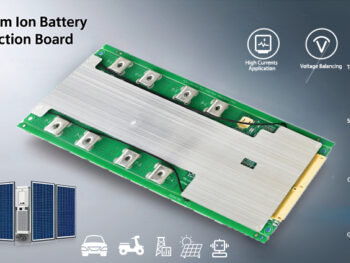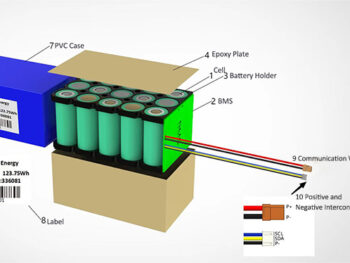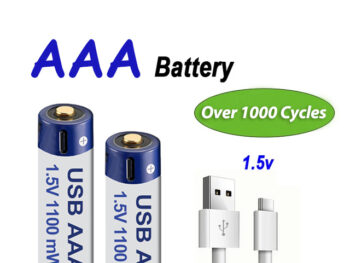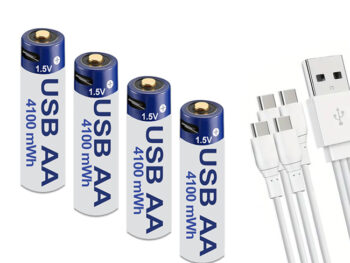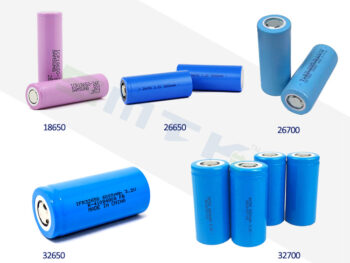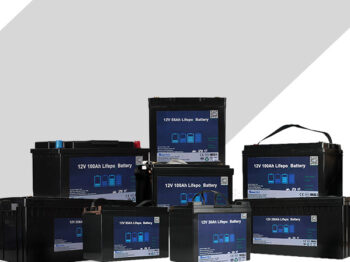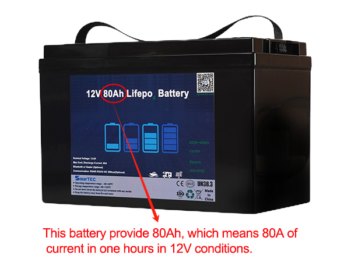SmarTEC Blog
September 3, 2024
Sodium-ion batteries are emerging as a promising alternative in the world of energy storage, particularly due to their cost-effectiveness and abundant raw material supply. However, like any battery technology, they require sophisticated management systems to ensure safety, longevity, and optimal performance. This is where the ”Sodium Ion Battery BMS (Battery Management System)“ plays a critical … Sodium ion Battery BMS: Key to Safe and Efficient Energy Storage
August 27, 2024
In the realm of modern technology, battery packs serve as the beating heart of many devices, from electric vehicles to portable electronics. Each component within a battery pack plays a critical role in its overall performance and safety. Let’s delve into the key components that make up a battery pack, including battery cells, Battery Management … From Cells to Cases: The Anatomy of a Battery Pack
August 20, 2024
In an era where sustainability and efficiency are paramount, we’re thrilled to unveil our latest innovation: the “Sustainable USB AAA Rechargeable Battery”. This cutting-edge product combines high performance with eco-friendly design, offering a superior power solution for your everyday needs. Why Choose Our Sustainable USB AAA Rechargeable Battery? 1. Sustainable Design – Crafted from eco-friendly … Sustainable USB AAA Rechargeable Battery – Long-Lasting & Eco-Friendly
August 13, 2024
In today’s fast-paced world, staying connected is more important than ever. Whether you’re a busy professional, a student, or an adventurer, having a reliable power source for your devices is essential. That’s why we’re excited to introduce our latest innovation: the Rechargeable USB Battery! Why Choose Our Rechargeable USB Battery? 1. Compact and Portable Design … SmarTEC Rechargeable USB Battery: Power Up Your Devices Anytime, Anywhere!
August 7, 2024
There are several reasons why universal chargers are not suitable for both lead-acid and lithium batteries. Firstly, the voltage limits and current controls for each type of battery differ greatly. Typically, the voltage for a single lithium battery is 3.6V to 3.7V, with an upper charge limit of 4.2V. In contrast, a single lead-acid battery … Why Aren’t Universal Chargers Suitable for Lead-Acid and Lithium Batteries?
July 23, 2024
Lithium battery cells come in various sizes and capacities, each suited for different applications. In this blog, we’ll explore the characteristics, advantages, and typical uses of five popular lithium battery cells: 18650, 26650, 26700, 32650, and 32700. Additionally, we’ll provide guidance on how to choose the right cells for your battery pack. Cells Size … Choose the Cells for Your Battery Pack
July 16, 2024
The purpose of this glossary of technical terms is to assist you in the understanding of standard battery industry terms. Terms Details 1 Ampere The unit of measurement for current. 2 AH It stands for “ampere-hour”, a unit of measurement used to describe the capacity of a battery. It indicates the amount of electrical charge … Some Terms of Lithium Battery
July 9, 2024
When it comes to understanding batteries, one of the most crucial concepts is the “Ah” or ampere-hour rating. It’s a term that pops up on battery specifications and product sheets, but what does it really mean for you and your devices? Let’s dive into the details. What is “Ah” and How Does it Measure Battery … Something You Need to Know About “Ah” of Battery
July 2, 2024
Designed to be discharged to DOD higher than 80% or more of their capacity without battery life damage, Deep Cycle Batteries are the marathon runner of the energy storage world. They differ significantly from the standard lead-acid batteries, which can suffer damage if frequently deeply discharged. Depth of Discharge (DOD) Deep cycle batteries boast a … Deep Cycle Battery

